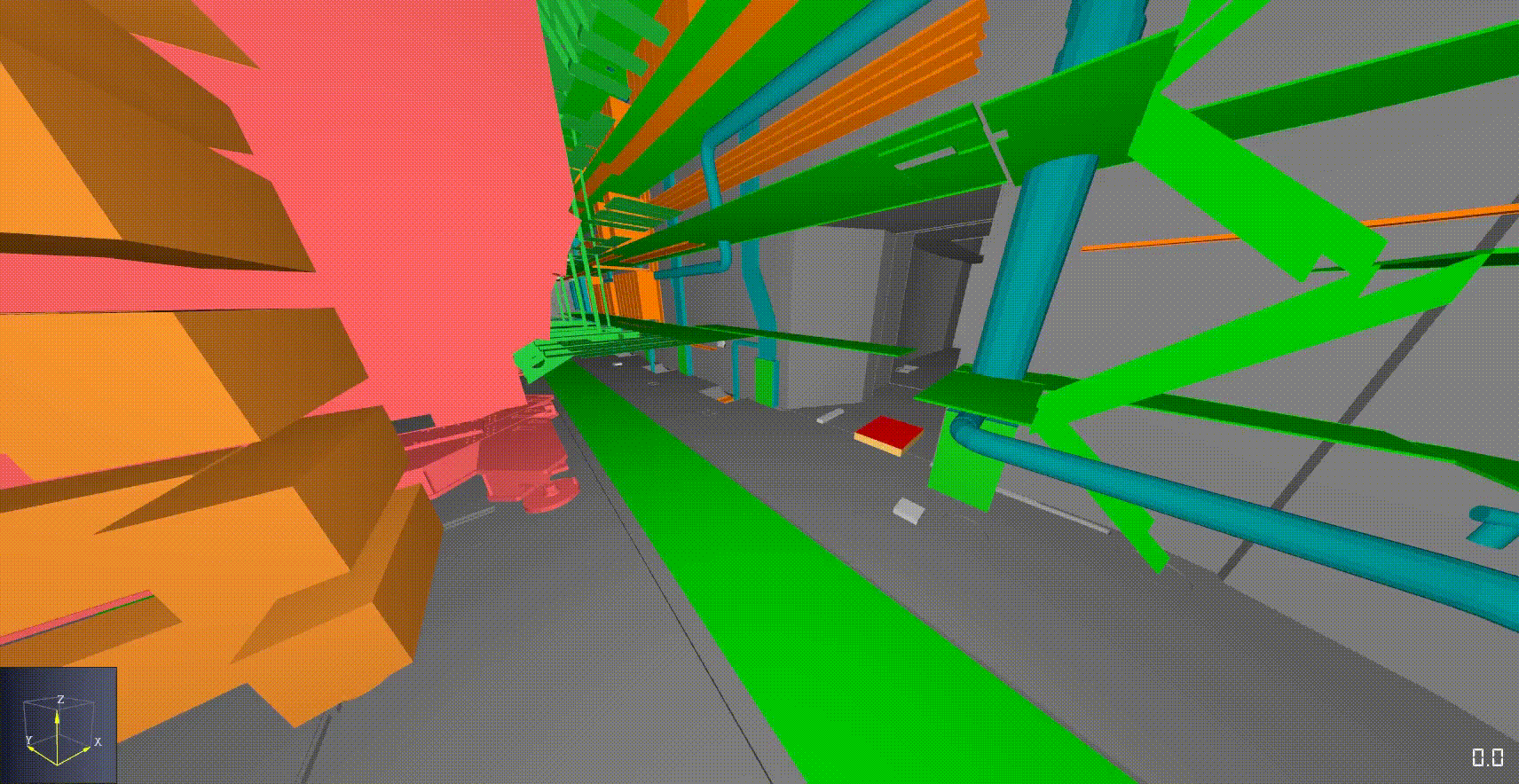In order to define the fire safety requirements applicable to the Organization’s research facilities, CERN’s HSE Unit needs to assess the risks relating to fire in general and to the release of radioactive substances as a consequence of fire in particular. In the absence of detailed knowledge of those risks, the worst-case approach has been used until now. Such an approach may lead to the implementation of overly expensive, conservative mitigation measures and to misconceptions of the actual fire-related hazards.
In this context, in 2018 the HSE Unit decided to launch a project called FIRIA, which stands for Fire-Induced Radiological Integrated Assessment. The objective of the FIRIA project has been to develop a general methodology for assessing the fire-related risks present in CERN’s facilities, which may contain radioactive materials during their service life. The methodology, based on ISO 16732-1, is suitable for assessing fire-induced conventional and radiological risks to life, the environment and property, taking into account the complexity and specific characteristics of each facility, typically an experimental area. The project is highly multidisciplinary and aims to refine the methodological and physical assumptions in use, supported by testing campaigns as necessary.
FIRIA project is divided into two phases – phase 1 (2018 – 2021), or the so called “development phase” and phase 2 (2022 - 2025) or the “production phase”.
During phase 1, a framework for conducting more precise risk assessments was established, which facilitates the prioritisation of consolidation activities and the assignment of material and human resources. Moreover, dedicated IT tools have been developed to automatise the relevant analyses. State-of-the-art knowledge in areas including materials science, fire propagation, computational fluid dynamics, dispersion of pollutants, environmental modelling, radiation protection, quantitative risk analysis and parallel computing was applied to two pilot cases, a target area and an underground experiment.
The project has recently entered the production phase – phase 2, where the developed tools and methodologies are actively being applied to several CERN’s facilities.
The project is managed in accordance with the OpenSE principles (http://opense.web.cern.ch/). The Fire Safety Engineering team (HSE-OHS-IB), Radiation Protection group (HSE-RP) and Fire Brigade (HSE-FRS) are collaborating to cover the different aspects of the project. International collaborations with institutions working on related subjects (e.g. NIST, Lund University) have also been established. Continual exchanges with experienced researchers and practitioners around the world ensure that the project is based on state-of-the-art tools and approaches.
Contact persons: Saverio La Mendola, Oriol Rios

Simulation of a fire in CMS using Fire Dynamics Simulator
Gaussian Plume Model vs. Computational Fluid Dynamics – comparison of smoke environmental dispersion models
FIRIA project – work breakdown structure
